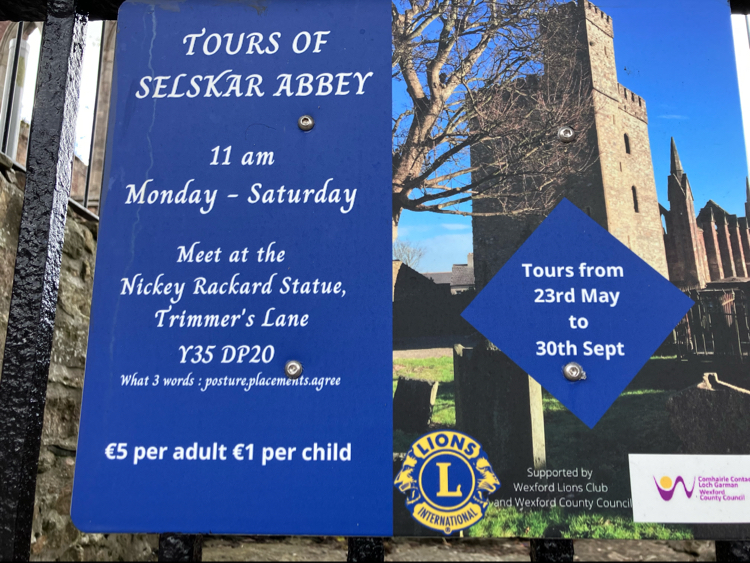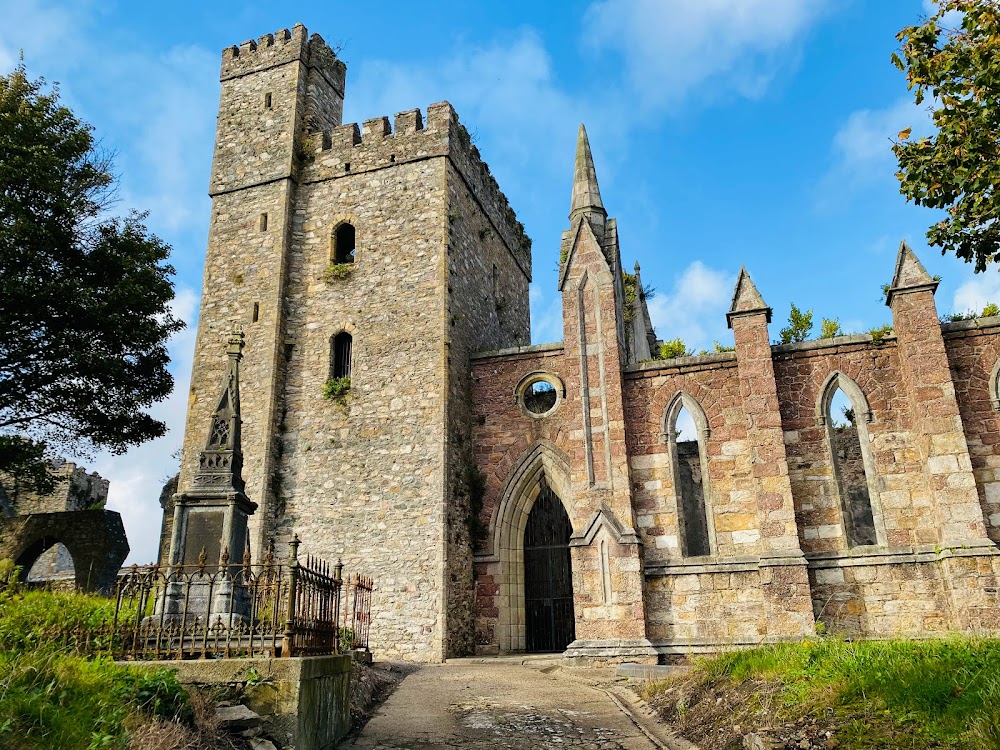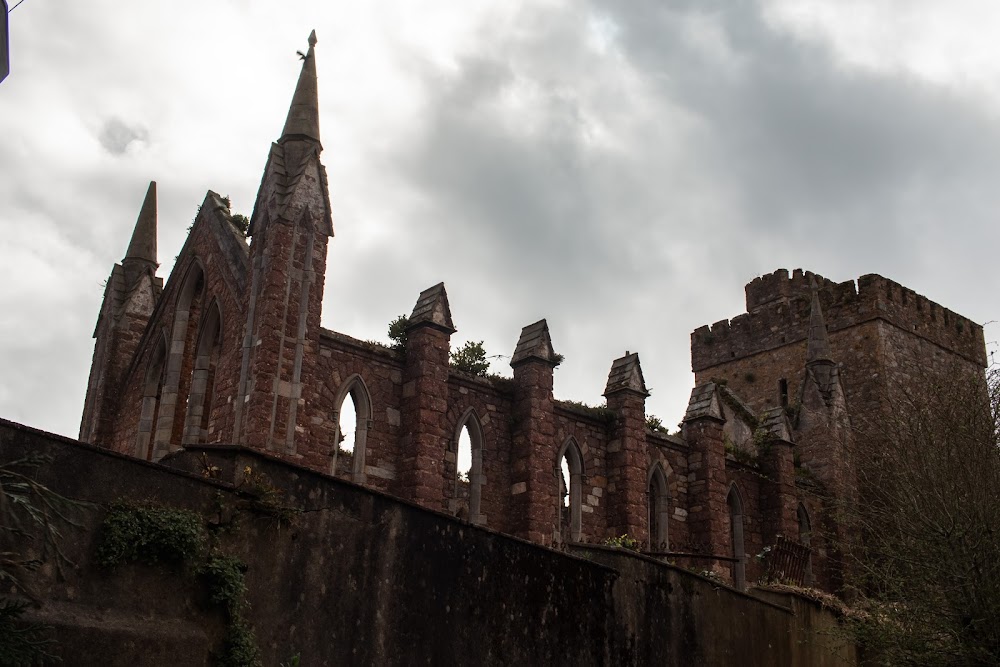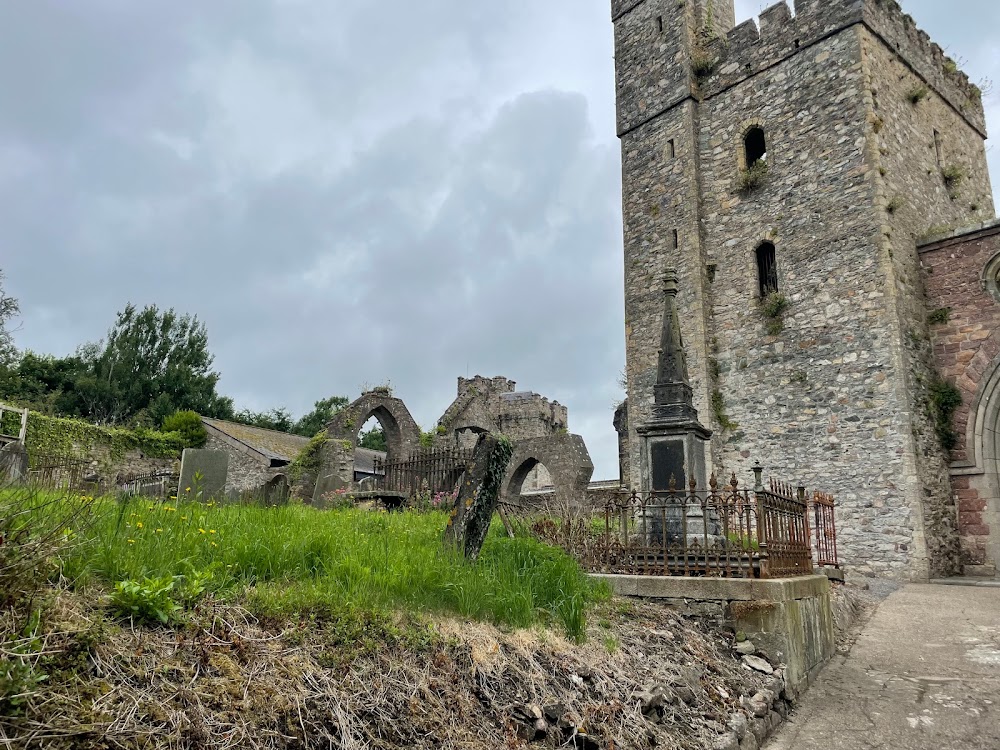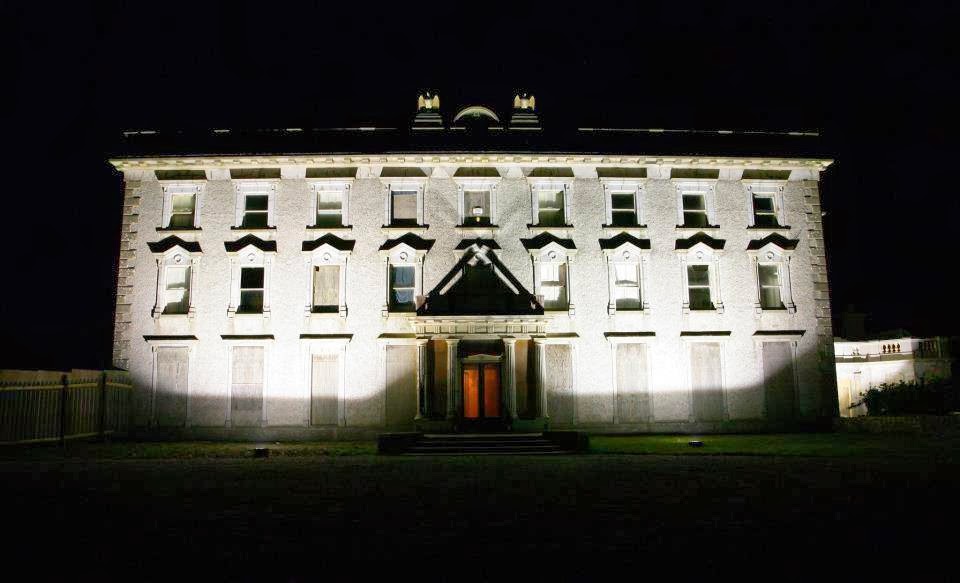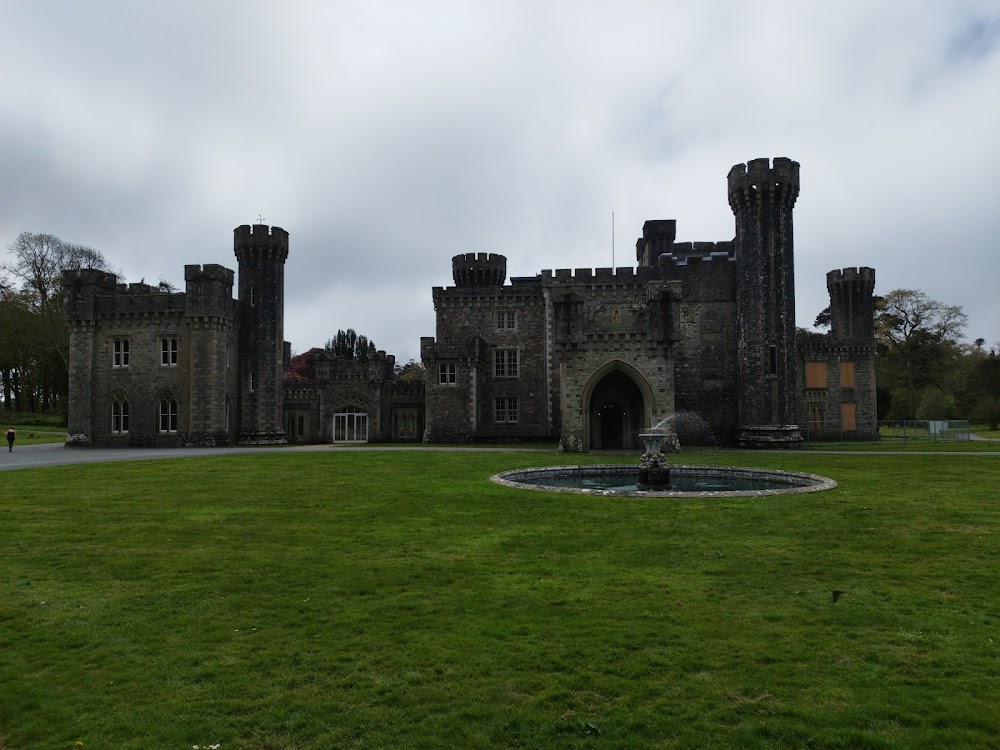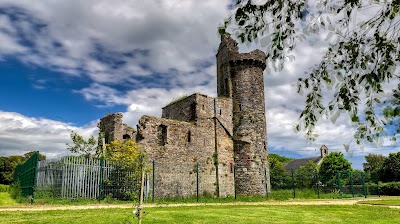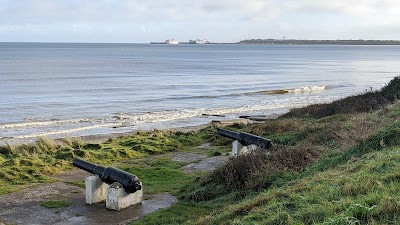Selskar Abbey (Mainistir Selsgearr)
Related Places
Overview
Selskar Abbey, located in the heart of Wexford, Ireland, boasts a fascinating history that stretches back to the 12th century. According to legend, **Henry II** sought refuge at the abbey and performed penance in 1172 following the murder of **Thomas Becket**, the Archbishop of Canterbury. This significant connection to Henry II positions Selskar Abbey at a crossroads of Irish and English history, making it a site of great importance.
The abbey was originally established by the **Knights Hospitaller**, a medieval Catholic military order, around 1190. The architectural design of Selskar Abbey is a stunning blend of **Romanesque** and **Gothic styles**, reflecting the diverse influences that marked its early years. The name "Selskar" is derived from the Old Norse word "selr," meaning ‘chapel,’ underscoring the site's religious significance even prior to the abbey's construction.
As you wander through the **ruins**, you'll be captivated by the intricately carved stonework that once formed the abbey's grand arches and soaring spires. Most of the structure was crafted from local limestone, which lends the stone its distinctive grey hue. The impressive craftsmanship of the stone masons is still visible today, a testament to their skill despite the ravages of time.
For centuries, Selskar Abbey served as a vital place of worship and a hub of community life. Its cloistered walks echoed with the prayers and studies of monks dedicated to learning and scholarship. These monks belonged to the **Augustinian order**, renowned for their commitment to education and intellectual pursuits.
The abbey faced devastating challenges during the **Dissolution of the Monasteries** under Henry VIII in the 16th century. Many of its treasures were seized, and the monks were expelled, leading to a period of decay and neglect. Nonetheless, the site remained a poignant symbol of local heritage and history for the community.
In the 19th century, the tide began to turn for Selskar Abbey with a renewed interest in preservation. A significant **restoration project** in the 1880s, funded by the local community and spearheaded by passionate historians and craftsmen, helped stabilize the ruins and prevent further deterioration. Today, Selskar Abbey stands as an impressive example of medieval ecclesiastical architecture.
Visitors are invited to explore the surviving structures of Selskar Abbey, including the **chancel, nave**, and the distinctive **bell tower**, which still graces the Wexford skyline. Informative plaques and guided tours offer valuable insights into the abbey's rich history, its role in medieval society, and the daily lives of the monks who once inhabited these hallowed grounds.
One particularly poignant aspect is the abbey's **graveyard**, the final resting place of several notable figures, including **John Kelly**, a key player in the 1798 Irish Rebellion against British rule. This serene setting provides a reflective space where visitors can connect with the abbey's storied past.
In recent years, Selskar Abbey has emerged as a vibrant venue for **cultural events**, hosting everything from open-air theater performances to historical reenactments. These activities breathe life into the ruins, showcasing the community's dedication to preserving the abbey's spirit and history.
More than merely a historical site, Selskar Abbey serves as a living monument to Wexford's rich heritage. Its enduring presence invites visitors to step back in time and immerse themselves in the stories of those who walked its grounds centuries ago.
Through diligent preservation efforts and enthusiastic community involvement, Selskar Abbey remains a beloved landmark in Wexford. It stands as a powerful testament to the resilience of history, art, and culture, inspiring all who visit to cherish and appreciate the depth and beauty of Ireland's past.


